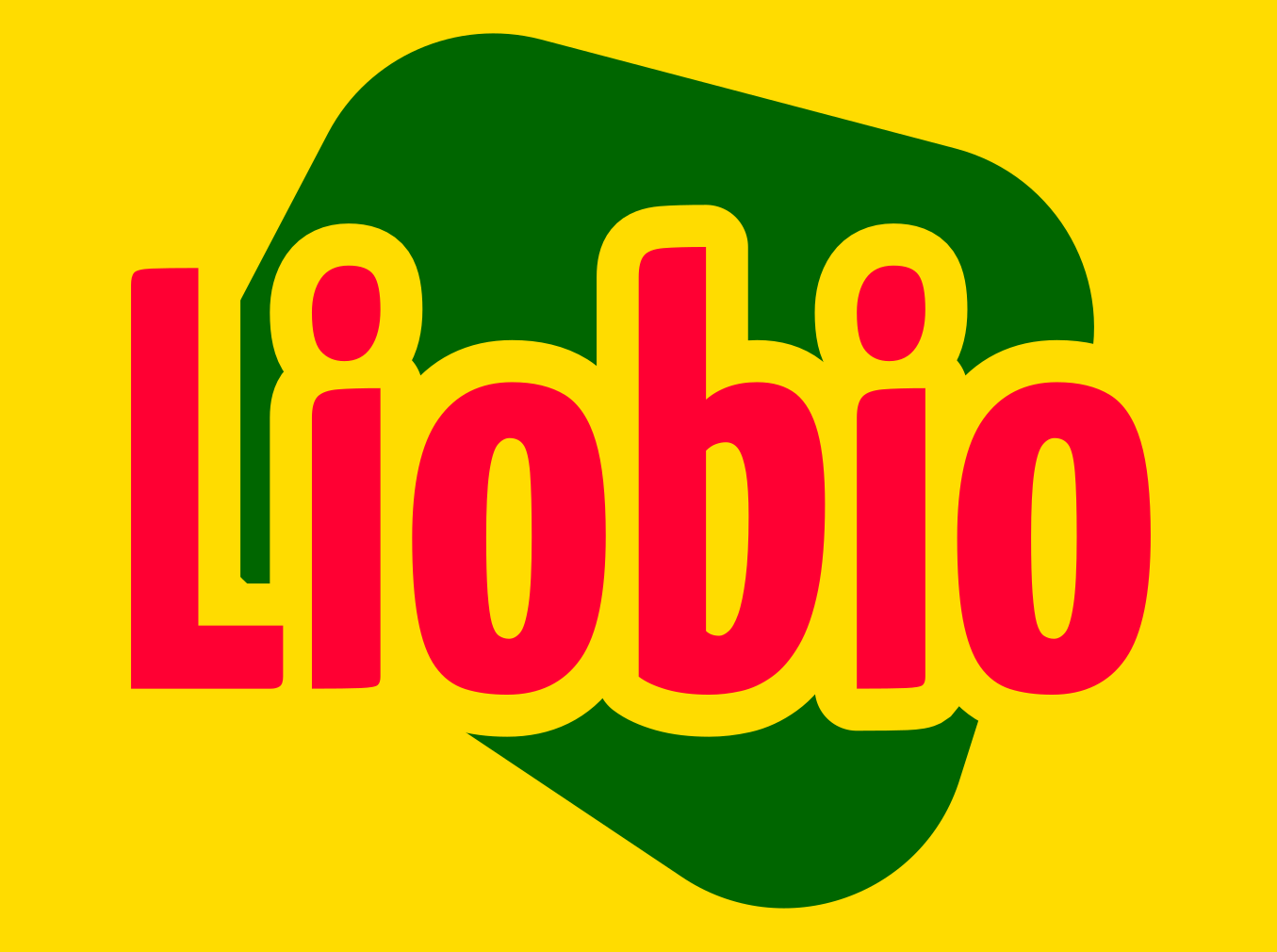Unfortunately, there’s a surplus of button-pushing plastic injection molders in this industry. When there’s a process problem or a part defect, these plastic molding operators attempt to resolve the issue by changing the cycle process with configuration variations. Gas-assisted injection molding introduces pressurized gas into the mold to create hollow sections in thick parts, reducing material usage and part weight while also improving surface finish by preventing sink marks and voids. Chinese manufacturing quotes frequently omit expenses associated with warehousing, international insurance, translators, and shipping. These hidden costs can accumulate, making the total expense higher than initially anticipated. But, with modern advances in engineered resins and plastic molding capabilities, manufacturers are no longer bound by the heavy, expensive and restrictive metal parts of yesterday.
A Mold For Injection Molded Part
The impact of technology on the injection molding workforce is transforming roles and responsibilities. As automation increases, workers are required to develop new skills to operate advanced machinery and manage complex production processes. Differences in manufacturing processes and labor costs can lead to design mismatches. For instance, while hand de-molding might be acceptable in China due to lower labor costs, North American manufacturers typically require automatic de-molding to ensure efficiency and consistency. Injection molding is cost-effective for mass production, with the initial investment in molds being offset by the low per-part costs in high-volume runs, making it the preferred manufacturing method for many consumer goods and industrial components. Quality assurance techniques in injection molding include visual inspection, measurement, and functional testing. Implementing a robust quality management system ensures that products meet both regulatory requirements and customer expectations consistently.
How To Make A Plastic Injection Mold
Weld lines form where two flow fronts meet in a mold, and their strength can be affected by the material, temperature, and injection speed. Below, are the top 10 material considerations for overmolding medical devices:SterilizationRadiationHigh HeatChemical ExposureFlame RetardancyImpact ResistanceMelting PointBiocompatibilitySolvent ResistanceCost Part ejection systems must be carefully designed to avoid damaging the finished part, with ejector pins, stripper plates, or air blasts used to remove the cooled part without leaving marks or causing distortion. Struggling with warpage in injection molding? Our team at Plastic Molded Concepts can provide expert assistance. Contact us or request a quote today!  Post-processing techniques such as painting, coating, and assembly often complement injection molding. These processes enhance aesthetics and functionality, allowing manufacturers to provide fully finished products tailored to customer specifications.
Post-processing techniques such as painting, coating, and assembly often complement injection molding. These processes enhance aesthetics and functionality, allowing manufacturers to provide fully finished products tailored to customer specifications.


